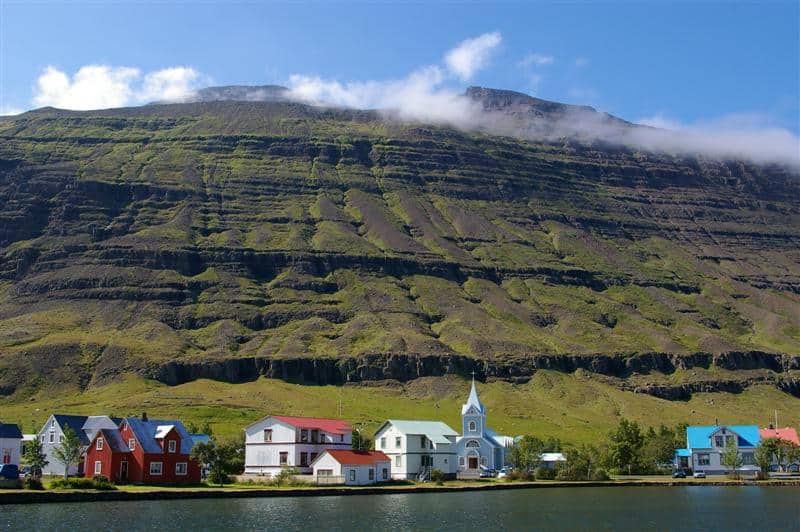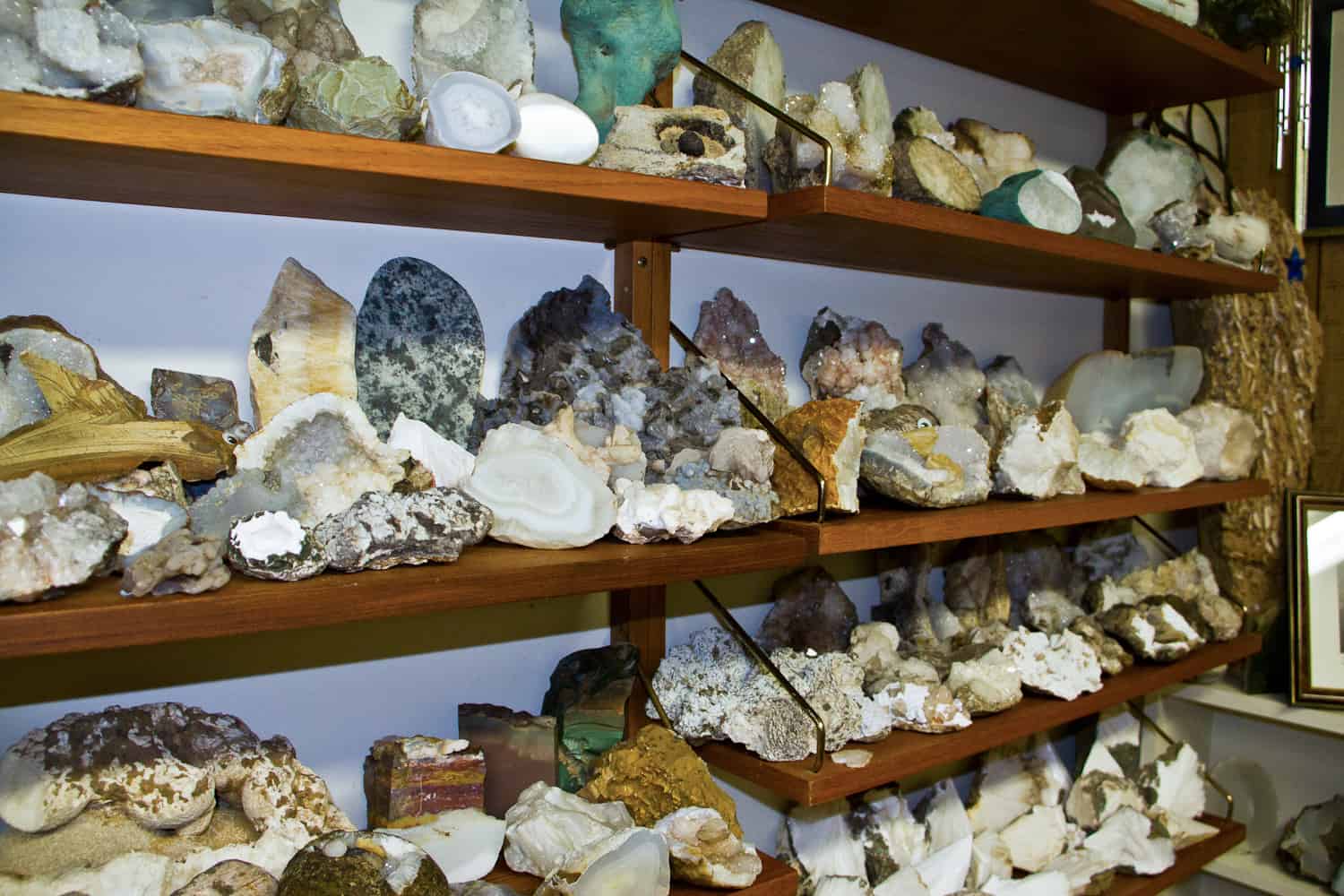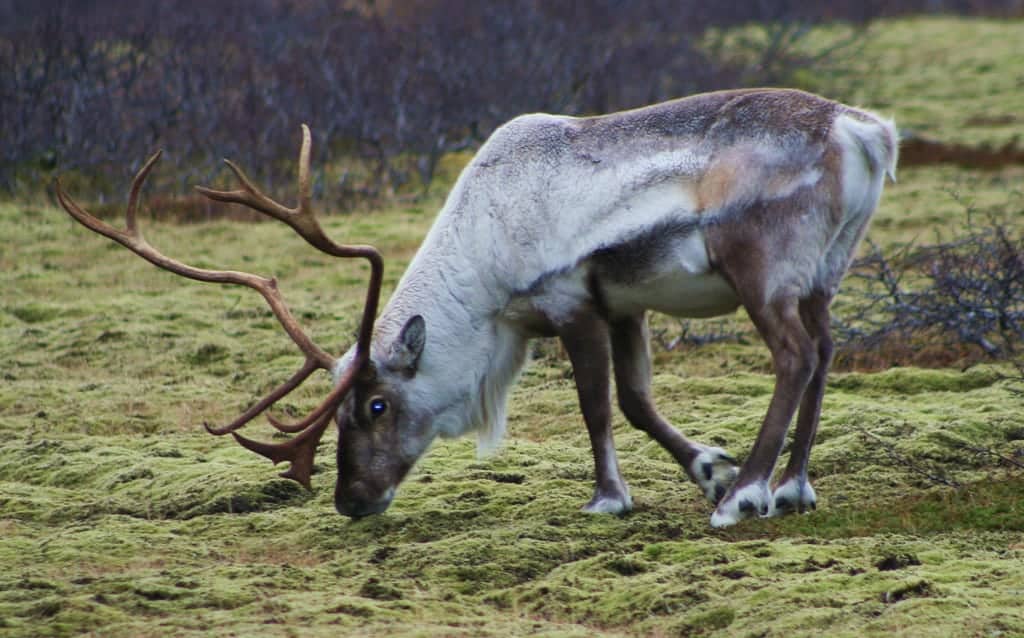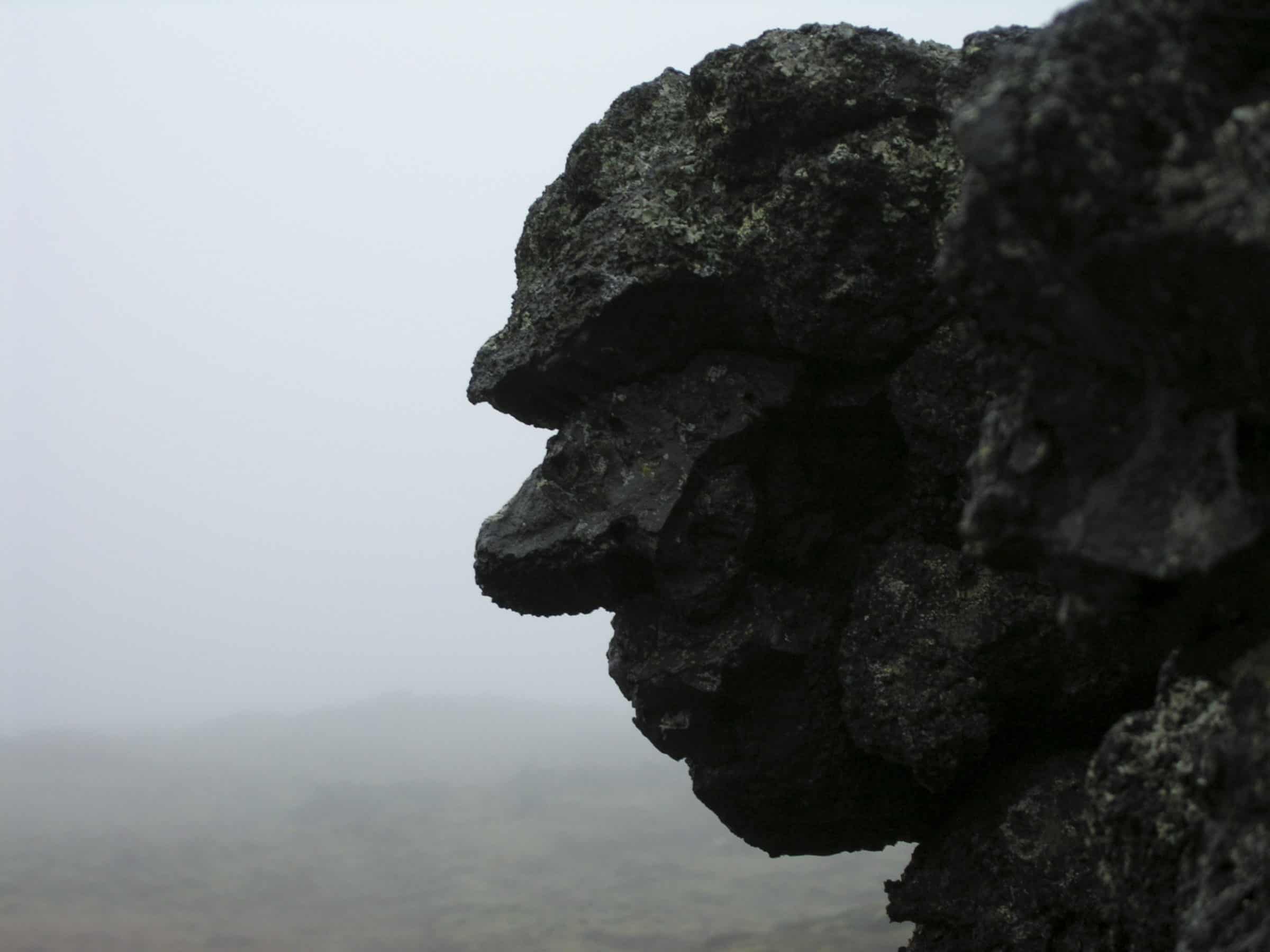Guide to East Iceland
The secluded beauty of East Iceland with its breathtaking fjords and quaint fishing villages has only recently begun to be discovered by travelers and is still charmingly untouched. The landscape exhibits an extraordinary palette of colors in a contrast of extremes with narrow fjords, jagged peaks, toppling waterfalls, geothermal hotspots, lush forests and endless green valleys where you can truly experience tranquility with nature and a calmer pace of life. To learn more about why we love the majestic East Iceland keep on reading.
Charming Towns
Egilsstaðir is the sort of unofficial capital of East Iceland and one of the youngest towns in Iceland. Formed in 1947, the town now has a population of just over 2300. The modern town, along with stylish shops and gourmet restaurants, also boasts of its close proximity to Icelands largest forest, Hallormsstadur. Hallormsstaðarskógur is a popular campsite in the summer.
Seydisfjordur is a small town of about 700 inhabitants located in a fjord of the same name. It is thought to have been one of the earliest settlements in Iceland with graves being found there that date back to the 7th century. It was later settled by Norwegian sailors who built many of the houses that still stand today, lending the town its distinctive look. The most famous of these houses is the picturesque blue church, the site of many concerts during summer.
Djúpivogur is Iceland’s first and only Cittaslow town. Cittaslow is part of the slow movement and its goals include improving the wuality of life in towns by slowing down its overall pace. Djúpivogur is certainly the perfect place to enjoy this slower pace of life. Located on a peninsula between two deep fjords, Djúpivogur has stunning nature and beautiful wildlife that will help inspire calm and contentement to even the most hectic of big-city dwellers.

Thriving Culture
Seyðisfjörður has become a bit of an artists’ colony, with an arts festival, LungA, for young people held there every summer. Along with the arts centre there’s a technical museum in town and the Dieter Roth Academy is located close by. The world famous artist lived in Seyðisfjörður for towards the end of his life. Just outside of Djúpivogur you’ll find the art installation Eggin í Gleðivík (The Eggs of Merry Bay) by local artist Sigurður Guðmundsson. The installation is a giant replica of the eggs of the 34 kinds of birds that nest in the area.
Steinasafn Petru (Petra’s Minerals) is also well worth a visit if just for its history. Located in Stodvarfjordur, this charming collection of rocks and minerals was collected by one woman, Petra, who started to collect rocks as a little girl but started this collection in 1946 when she and her husband bought this house and she finally had a place to store all her stones. Enjoy a stroll through the garden lovingly looked after by her family after Petra passed away in 2012.
If you’re in the mood for a different kind of rock, consider coming to East Iceland in July when the annual metal festival, Eistnaflug, is held in Neskaupsstaður. What started as a one day festival in 2005 has grown into a fur day extravagansa of international and local artists that has a reputation for hardcore friendliness and mellow vibe outside of the mosh pit.

Reindeer and Other Wildlife
East Iceland is a great place to observe the varied wildlife that Iceland has to offer. There are plenty of great spots to observe the many different species of birds, and seals and arctic foxes, the only land mammal native to Iceland, are often spotted in the area. But the main draw of the East Iceland wildlife are the reindeer.
Originally introduced from Norway for farming, the domestication of reindeer in Iceland was never really sucessful and now they live wild in the mountains of East Iceland. Heards of them can often be seen roaming the hills around the ring road, especially in the colder months as they come down from the mountains in search of food.

Folklore and Legends
The town of Egilsstaðir stands on the banks of the Lagarfljot river, one of Iceland’s most legendary rivers. Lagarfljót is said to be the home of the notorious Lagarfljótsormur (The Lagarfljót Worm), our very own Loch Ness monster. Sightings have been reported regularly ever sine 1345, with the lates being a 2012 video showing the worm swimming in the lake. Stories about the Hidden Folk and trolls are also common to the area, like the story of the ogress of Prestagil whose favourite food were the local priests, and East Iceland is thought to be especially haunted by ghosts.

Stunning Nature
Like most of the country East Iceland is defined by the breathtaking nature on display everywhere you look. The deep and narrow fjords have a ancient, mystical sense to them and the ever-present mountains keep a watch over the locals and livestock and make it a paradise for hiking enthusiasts. We suggest a hike in the Jafnadalur valley, where at the center you’ll find the curious rock formation known as Einbúinn (The Hermit) and a 6m stonearch. For experienced hikers the Dyrfjoll mountain range should not be missed. This dormant volcano boasts extraordinary views from the top. The Icelandic Wilderness Center offers guests a chance to step back into the past and experience the Icelandic nature like the locals of old did. Hikes, horseride tours and authentic food and accommodation will help you get to know the area like you were born there.

Enjoy this beautiful video of East Iceland!